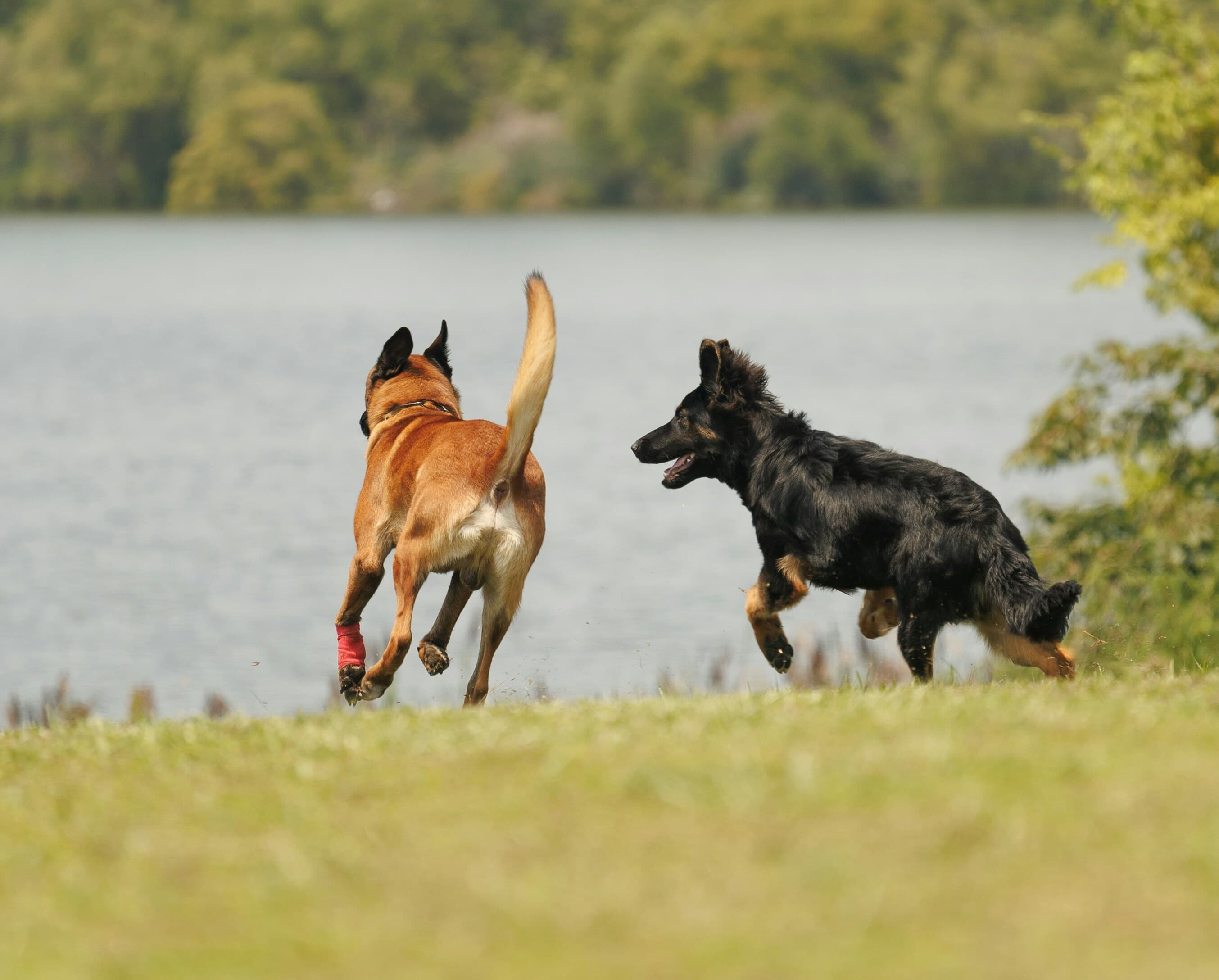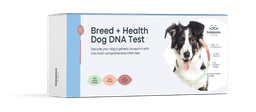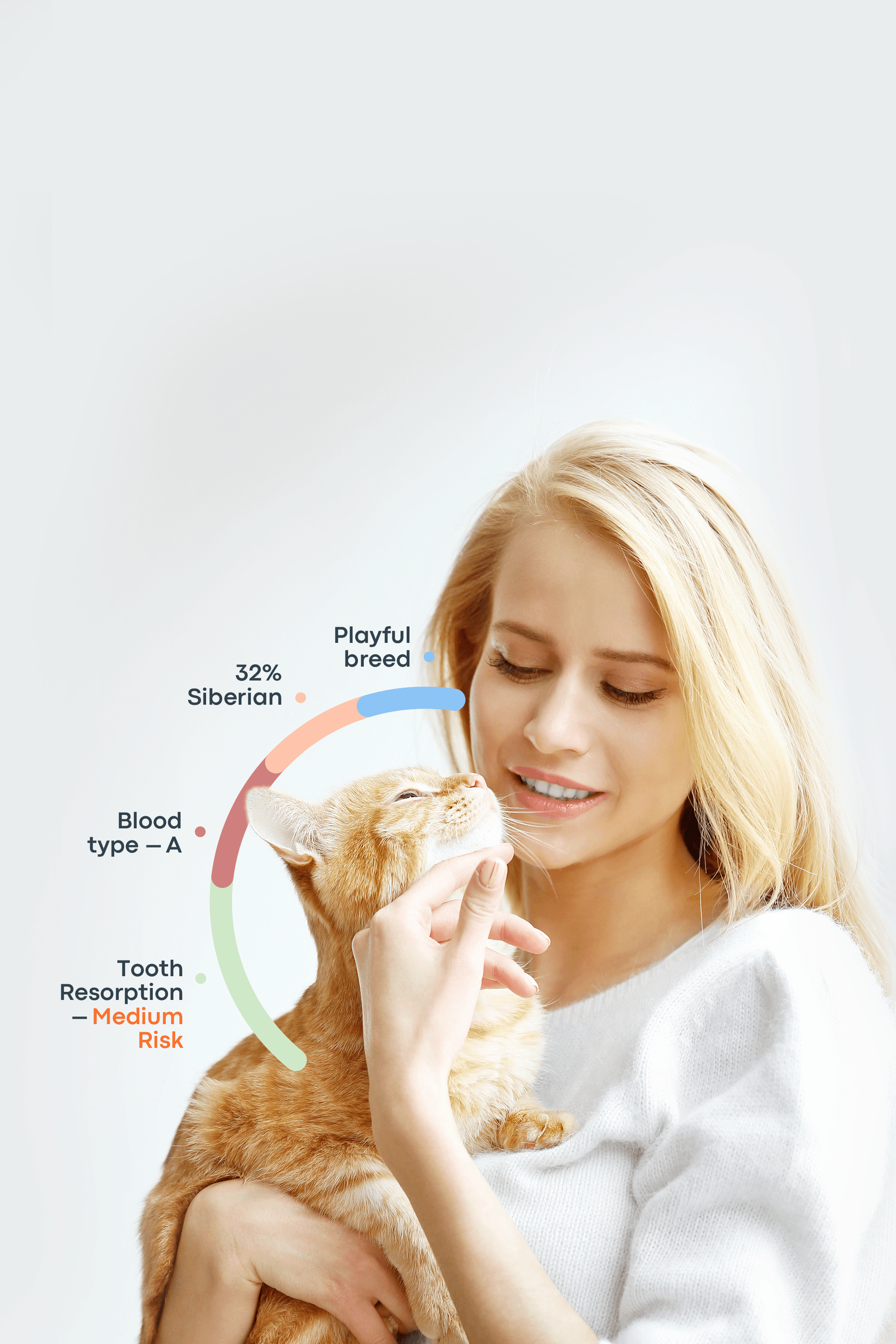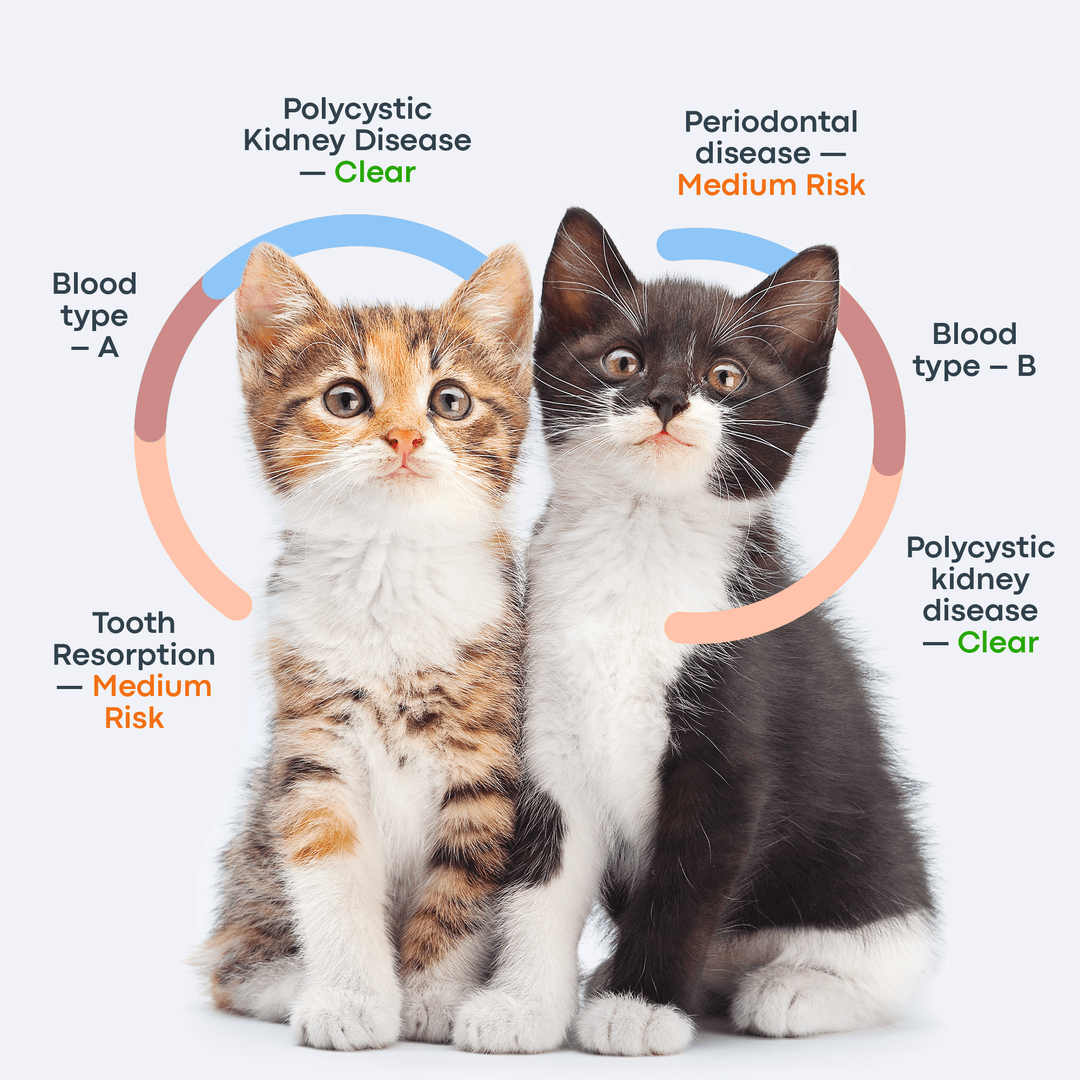Quick Overview: Malinois vs German Shepherd
Both the Belgian Malinois and German Shepherd are highly popular breeds, renowned for their intelligence, protective instincts, and exceptional trainability. Here is a quick comparison of Malinois vs German Shepherd:
Intelligence and Trainability:
Both breeds are extremely intelligent and quick learners, making them ideal candidates for police, military, guarding, and protection work.
Size and Appearance:
German Shepherds are generally larger with denser, longer coats. They often have a characteristic sloping or slanting back. In contrast, Belgian Malinois are leaner with shorter coats and usually feature a distinct dark mask on their face.
Temperament and Performance:
Belgian Malinois excel in tasks requiring intense focus and high energy, thriving under pressure. German Shepherds are also highly capable and perform well in demanding roles.
Family Compatibility:
German Shepherds are particularly known for their loyalty, protectiveness, and suitability as loving family companions. Belgian Malinois are also loyal and protective, but they tend to be more energetic and intense than German Shepherds. They thrive in active households and need plenty of mental and physical stimulation to be happy family companions.
Origins and Purpose of Each Breed
History and Origin of the German Shepherd

The German Shepherd was developed in the late 19th and early 20th centuries by Max von Stephanitz, a former cavalry officer and dog breeder. Passionate about creating the ideal working dog, von Stephanitz sought to develop a breed that combined intelligence, strength, and versatility. He founded the Verein für Deutsche Schäferhunde (Society for the German Shepherd Dog) in 1899 and acquired a dog named Hektor Linksrhein, later renamed Horand von Grafrath, considered the first registered German Shepherd and the foundation sire of the breed.
The German Shepherd quickly gained a reputation for its intelligence, trainability, and courage, becoming a preferred dog for military, police, and search-and-rescue roles. The breed’s versatility also made it a loyal companion for families. Just ten years after its official recognition in Germany, the German Shepherd arrived in the United States, where it was registered by the American Kennel Club (AKC) in 1908. Over the years, the breed’s prominence grew, serving in both World Wars and continuing to excel in working and companion roles worldwide.
History and Origin of the Belgian Malinois

The elegant Belgian Malinois originates from the pastoral farms of Belgium, where it was originally bred to herd livestock and guard homes and properties. As one of four varieties of Belgian Shepherd dogs, the Malinois was specifically valued for its agility, alertness, and work ethic. Beyond their herding roots, Malinois have proven exceptional in various canine disciplines such as agility, obedience, tracking, Schutzhund (a dog sport focused on protection and obedience), and other protective roles. Their natural grace, physical prowess, sharp intellect, and loyal nature have earned them widespread admiration among dog enthusiasts and professionals worldwide.
The original purpose and strong working instincts of both the Belgian Malinois and the German Shepherds continue to shape their temperament, trainability, and behavior today, making them outstanding companions and working dogs.
Belgian Malinois vs German Shepherd Size and Build
Anthony Richling of Liberty K9 Dog Camps once said when comparing Belgian Malinois vs German Shepherd,
“If a German Shepherd is a station wagon, then the Belgian Malinois is a Corvette.”
Male Belgian Malinois typically weigh between 55 and 75 pounds, with females being slightly lighter. They stand about 24 to 26 inches tall at the withers, while females measure approximately 22 to 24 inches. Male German Shepherds weigh between 65 and 90 pounds, and females weigh between 50 and 70 pounds. According to the American Kennel Club (AKC), male German Shepherds should measure between 24 and 26 inches tall, and females between 22 and 24 inches.
Belgian Malinois are generally leaner and more compact than German Shepherds. German Shepherds have a more robust build, which contributes to their stamina and strength. In contrast, Belgian Malinois are known for their speed, agility, and quick, precise movements.
Here is a chart with Belgian Malinois vs German Shepherd size comparison:
Breed | Average height (male) | Average height (female) | Average weight (male) | Average weight (female) | Build characteristics |
Belgian Malinois | 24-26 inches (61-66 cm) | 22-24 inches (56-61 cm) | 55-80 lbs (22-36 kg) | 40-60 lbs (18-27 kg) | Leaner. Built for speed and agility |
German Shepherd | 24-26 inches (61-66 cm) | 22-24 inches (56-61 cm) | 65-90 lbs(29-40 kg) | 50-70 lbs (22-31 kg) | Heavier. Built for strength and stamina. |
Coat Types, Color, and Grooming Needs
The Belgian Malinois has a short, dense double coat, typically in shades of fawn with a distinctive black mask. They thrive best in cooler or moderate climates, as they can overheat easily. Their grooming needs are relatively low—they shed moderately, less heavily than German Shepherds. Their short coat requires only occasional brushing. However, regular nail trimming and routine cleaning of the eyes and ears are essential. It’s recommended to bathe your Malinois about once a month using a high-quality, vet-approved shampoo.
German Shepherds have a medium-length double coat. The outer layer consists of coarse guard hairs that lie close to the body, while a soft, insulating undercoat provides warmth. This coat makes them well suited for cooler climates, though with proper care, they can adapt to warmer environments.
Accepted coat colors for German Shepherds include sable, black and tan, and solid black. They shed heavily twice a year. To manage shedding, brush them daily during shedding season and at least twice a week throughout the rest of the year. Like the Belgian Malinois, German Shepherds require daily dental care, regular nail trimming, and routine bathing.
German Shepherd Look-Alike Breeds to Know

Here are dogs that look like German shepherds and are often confused for them:
Belgian Tervuren
Many people assume that the Belgian Tervuren—and indeed all Belgian Shepherd breeds—are very similar to the German Shepherd. However, there are notable differences. The Belgian Tervuren has a lighter bone structure, a more elegant appearance, and carries its head higher. Its joint angulation is moderate and less extreme compared to that of German Shepherds.
Dutch Shepherd
Like the German Shepherd, the Dutch Shepherd is highly intelligent, and both breeds excel in police, military, and law enforcement roles. German Shepherds are generally larger, while Dutch Shepherds have a more athletic build and are known for their distinctive brindle coat coloring.
King Shepherd
King Shepherds resemble German Shepherds in coloration since they were bred partly from German Shepherds to address certain genetic health issues within the breed. However, King Shepherds are larger and have a thicker, longer coat compared to German Shepherds.
Belgian Shepherd Temperament vs German Shepherd Personality
Energy Levels and Exercise Needs
According to PetMD, Belgian Malinois require 40 to 60 minutes of intense daily exercise. They thrive in high-energy activities such as agility, herding, obedience, and scent work—tasks that challenge their stamina, speed, and focus. Herding, in particular, is a highly rewarding activity for them. Jogging or hiking alongside their owners are also excellent ways to keep a Malinois mentally and physically stimulated.
German Shepherds typically need 1 to 2 hours of exercise each day, ideally split into two or three sessions. Activities like long walks, agility training, fetch, scent games, and obedience drills help maintain their physical health and mental sharpness. These exercises also reinforce good behavior and reduce the risk of restlessness or disobedience.
When comparing the German Shepherd vs Belgian Malinois, it's important to note that both breeds require consistent physical and mental stimulation. Without adequate outlets, they can quickly become bored or anxious, leading to destructive behaviors such as excessive barking, chewing, or household damage. Keeping them engaged is essential to their overall well-being and temperament.
Loyalty, Sociability, and Family Suitability
At their core, German Shepherds embody strength, intelligence, and unwavering loyalty. These traits make them highly versatile—excelling as working dogs and thriving as loyal, loving family companions. Their natural protectiveness, combined with keen intelligence, makes them ideal for roles in law enforcement, military service, and home protection.
One of the breed’s most defining characteristics is loyalty. German Shepherds form deep bonds with their families and are instinctively protective of those they consider part of their pack. This makes them exceptional watchdogs. They are vigilant and naturally inclined to guard and keep an eye on loved ones.

Despite their protective instincts, German Shepherds are also affectionate and thrive on human interaction. They enjoy play, training sessions, and simply being near their people. However, this deep bond can sometimes result in separation anxiety, especially if left alone for long periods. Symptoms may include excessive barking, chewing, or other destructive behaviors.
Belgian Malinois share many of the same traits, including loyalty, courage, and devotion. However, they have an even higher working drive and require significant mental and physical stimulation each day. They bond closely with their primary handler—often the person who trains or spends the most time with them—and are deeply devoted once trust is established.
Like German Shepherds, Malinois make excellent watchdogs and family protectors, especially when properly socialized. Without regular socialization and training, they can become overly territorial or reactive. Their temperament can range from aloof to bold, and they are best suited to experienced owners who understand their sensitivity and drive. Many Malinois become "velcro dogs," forming intense attachments to their humans. When this bond isn't managed carefully, they too may suffer from separation anxiety, which can manifest through barking, digging, or other unwanted behaviors.
Tips for socializing
Both German Shepherds and Belgian Malinois require early and consistent socialization to grow into well-adjusted adult dogs. Owners should expose them to a wide variety of sights, sounds, people, animals, and environments—starting in puppyhood and continuing into adulthood. This helps reduce fear-based behaviors and builds confidence.
Positive, reward-based training methods are essential. These intelligent and sensitive breeds respond best to encouragement and consistency rather than harsh correction. A structured training approach is highly recommended, and working with a professional dog trainer can be especially beneficial for both breeds.
Behavior With Children, Strangers, and Other Pets
Belgian Malinois compared to German Shepherd - both are smart, sensitive dogs. With proper socialization, they can get along well with children and other pets. However, their strong guarding instincts can make them wary of strangers, and without training, this can lead to reactivity or overprotectiveness.
When introducing your Malinois or German Shepherd to children, always supervise the interaction—especially in the beginning. While both breeds can become loving family companions, some Belgian Malinois may be more aloof, particularly around unfamiliar children or visitors.
With other household pets, these breeds generally do well if introduced early and positively. When raised alongside other dogs, cats, or smaller animals, they are likely to accept them as part of their pack. However, without proper exposure and training, they may show signs of prey drive or territorial behavior.
If you're introducing an adult Malinois or German Shepherd into a household with existing pets, consider consulting a professional trainer or behaviorist. A controlled and gradual introduction is key to building harmony in a multi-pet home.
Trainability and Intelligence

Belgian Malinois vs German Shepherd Intelligence Levels
Both breeds are exceptionally intelligent and highly trainable. Their keen problem-solving skills and sharp focus make them ideal for demanding roles in police and military work, search and rescue, and protection services.
German Shepherds are often preferred as family pets due to their affectionate, gentle nature and strong desire to please. This combination of warmth and responsiveness contributes to their outstanding trainability.
Belgian Malinois are typically more independent and can be somewhat aloof, especially with strangers. They thrive when given a job and are highly driven by rewards, praise, and positive reinforcement. Their high energy and intense work ethic make them excel in obedience, agility, and advanced training environments.
While both breeds learn quickly, they respond best to slightly different training styles. Belgian Malinois benefit from assertive, reward-based training with clearly defined boundaries and structure. German Shepherds, in contrast, are more emotionally attuned and respond well to positive reinforcement combined with gentle correction and consistent guidance.
Training Challenges and Rewards
Both the Belgian Malinois and German Shepherd are highly trainable, but they present slightly different challenges—and rewards—for handlers. Here is the Belgian Malinois vs German Shepherd comparison:
Responsiveness
Belgian Malinois typically respond very quickly to clear, reward-based training. Their intense focus and strong work drive mean they thrive when given well-defined tasks and immediate positive reinforcement. German Shepherds are also eager learners, though individual dogs may vary more in how rapidly they engage with training cues.
Independence vs. Stubbornness
The Malinois’ hallmark independence can sometimes be mistaken for stubbornness. They often need an experienced handler who can provide firm structure while keeping sessions upbeat and rewarding. German Shepherds, while just as intelligent, generally show a stronger desire to please, which can make initial training steps feel smoother for first-time trainers.
Distractibility
Many trainers note that German Shepherds, with their broad environmental awareness, can be more easily sidetracked by novel sights or sounds. Belgian Malinois, by contrast, are renowned for their laser-like concentration once engaged in a task—though, as with any breed, individual temperament plays a significant role.
With consistent, positive methods—ideally guided by a knowledgeable trainer—both breeds can reach remarkable training heights. The key is tailoring the approach to each dog’s drive, focus level, and personality.
Ideal Training Methods
Positive reinforcement
Both German Shepherds and Belgian Malinois respond best to positive reinforcement. German Shepherds, in particular, thrive on praise and rewards. When rewarded with treats or verbal encouragement for desired behavior, they form positive associations and are motivated to repeat those actions. This method also strengthens the bond between dog and trainer, fostering trust and cooperation.
Clicker training
As intelligent, responsive breeds, both dogs excel with clicker training. This method uses a small device that makes a clicking sound to mark the exact moment a dog performs the correct behavior, followed by a reward. The click signals success and reinforces obedience in a clear, consistent way that these dogs quickly understand.
Avoiding harsh or negative training methods
Both the Belgian Malinois and German Shepherd are sensitive breeds and do not respond well to punishment. Harsh scolding, yelling, or physical correction can lead to fear, anxiety, or even aggression. While the Malinois may tolerate gentle correction in some cases, harsh discipline is never advisable. Instead, calm, consistent, and reward-based training methods yield the best results and promote a confident, well-adjusted dog.
Health, Lifespan, and Maintenance
Belgian Malinois Lifespan and Common Health Issues
The Belgian Malinois is a relatively long-lived and healthy breed, with an average lifespan of 10 to 14 years—notable for a large dog. While generally robust, they are still prone to certain health conditions, some of which can be screened for through responsible breeding practices.
Common Health Concerns in Belgian Malinois:
Hip and elbow dysplasia – malformation of the joints that can lead to arthritis and mobility issues.
Progressive retinal atrophy (PRA) – a degenerative eye condition that can result in blindness.
Cataracts – clouding of the eye lens, often age-related.
Epilepsy – recurrent seizures that may require lifelong management.
Dental disease – common in many breeds, but regular care can prevent complications.
Recommended Health Screenings and Genetic Tests:
Ophthalmologist evaluation – to detect PRA and other eye disorders.
Thyroid function testing – to screen for hypothyroidism.
Cardiac evaluation – including echocardiograms, to detect heart abnormalities.
Orthopedic Foundation for Animals (OFA) testing – for hip and elbow dysplasia certification.
Responsible breeders will often perform these screenings to help ensure the long-term health and well-being of the dogs they produce. Regular veterinary care, a balanced diet, and proper exercise can further support a healthy, active life for a Belgian Malinois.
German Shepherd Lifespan and Common Health Issues
German Shepherds typically have a lifespan of 9 to 11 years, though with excellent care, some can live up to 15 years. Like Belgian Malinois, they are prone to certain genetic and structural health issues, many of which can be managed—or avoided—through responsible breeding and preventive veterinary care.
Common Health Concerns in German Shepherds:
Hip and elbow dysplasia – inherited joint conditions that can cause pain and reduced mobility.
Bloat (gastric dilatation-volvulus) – a life-threatening condition where the stomach twists; it requires immediate medical intervention.
Degenerative myelopathy – a progressive neurological disorder affecting the spinal cord, leading to hind limb weakness and paralysis.
Exocrine pancreatic insufficiency (EPI) – a condition where the pancreas fails to produce enough digestive enzymes, leading to weight loss and nutrient deficiencies.
Inflammatory bowel disease (IBD) – a chronic gastrointestinal condition that can cause vomiting, diarrhea, and poor nutrient absorption.
Dental disease – common if regular oral care is neglected.
Skin allergies – including food and environmental sensitivities, which may lead to itching, hair loss, and skin infections.
Concerning Breed Trends:
Unfortunately, some unethical breeders focus on producing “slope-backed” or “slant-backed” German Shepherds for show purposes. While these dogs may meet certain aesthetic standards, this exaggerated posture is unnatural and can lead to significant orthopedic issues, including joint pain, poor gait, and reduced mobility.
Responsible Breeding Practices:
Ethical breeders prioritize the health, temperament, and structural soundness of the breed. They aim to maintain the German Shepherd’s original working-dog qualities—strength, balance, and endurance—by breeding for function over form. Health testing, early screening, and adherence to breed standards help protect future generations from avoidable suffering.
Maintenance: Grooming, Diet, and Vet Needs

Both the German Shepherd and Belgian Malinois are high-maintenance working breeds that require consistent care, structure, and attention to stay healthy and happy.
Grooming Needs
German Shepherds have a thick double coat and shed heavily year-round, with seasonal shedding peaks. They require brushing several times a week—daily during shedding season—and monthly bathing to keep their coat healthy.
Belgian Malinois, though they have a shorter coat, still benefit from weekly brushing and monthly baths. While they shed less than German Shepherds, they are not considered hypoallergenic.
A basic grooming routine for both breeds should include:
Brushing the coat 2 to 4 times a week
Nail trimming every 3 to 4 weeks
Daily tooth brushing
Regular cleaning of eyes and ears
Monthly flea, tick, and heartworm prevention
Health and Vet Care
Both breeds need regular veterinary check-ups, annual vaccinations, and preventive screenings. German Shepherds, in particular, are prone to hip and elbow dysplasia, so early orthopedic evaluations are recommended. Dental care is also important for preventing oral diseases that can impact overall health.
Mental and Physical Stimulation
These breeds thrive when mentally and physically engaged. They require:
Daily exercise (at least 1–2 hours for Shepherds, 40–60 minutes of intense activity for Malinois)
Structured training routines
Early and ongoing socialization
Interactive toys and problem-solving games
Regular bonding and attention
Without proper stimulation, both can become bored or anxious—leading to behavioral problems like excessive barking, chewing, or digging.
Diet and Nutrition
A high-quality, protein-rich diet is essential to support their energy levels, muscle tone, and overall health. German Shepherds tend to have bigger appetites and are more prone to weight gain if not exercised properly. Belgian Malinois are naturally leaner and more active but still require portion control to avoid overfeeding.
To support digestion and maintain energy balance, it's best to divide their daily food into two meals.
Which Breed Is Best for You?

Criteria | Belgian Malinois | German Shepherd |
Space Requirements | Can adapt to apartment living with sufficient exercise and mental stimulation, but they thrive in large, open areas like fenced yards. | Requires ample space and outdoor access; not well-suited for apartment living without significant accommodations. |
Time & Energy Commitment | Demands high levels of daily physical and mental engagement. Best for active individuals or families with time to invest. | Needs consistent training and attention. Not ideal for sedentary households, elderly owners, or those with limited mobility. |
First-Time Dog Owners | Not recommended. Their intensity, energy, and training needs are best handled by experienced dog owners. | More forgiving for first-time owners due to their gentler temperament and eagerness to please—if the owner is active and engaged. |
Sedentary Lifestyle Compatibility | Not suitable. Requires extensive daily exercise and mental challenges. | Also not suitable. Needs structured physical activity and stimulation to stay balanced and well-behaved. |
Urban vs. Rural Living | Can adapt to both environments, as long as daily mental and physical stimulation is provided. | Well-suited for both urban and rural settings, provided they get sufficient exercise and training. |
Suitability for Families with Children | Can be aloof around children. Early socialization is essential. Supervision is important with young kids. | Generally good with older children when socialized from puppyhood. Supervision is recommended around toddlers or small children. |
Compatibility with Other Pets | May show aggression toward other pets if not socialized early. Best introduced to other animals at a young age. | Can coexist peacefully with other pets, including dogs and cats, if properly socialized early. |
Protection & Working Roles | Naturally protective and alert. Excels in protection, herding, and working roles with the right training. | Highly protective and intelligent. Makes an excellent guard dog with proper socialization and training. |
Conclusion
Both the Belgian Malinois and the German Shepherd are extraordinary dogs—intelligent, loyal, and hardworking. The Malinois shines in agility and high-energy roles, while the German Shepherd is celebrated for its balanced temperament, affectionate nature, and remarkable versatility. When choosing between these two breeds, carefully consider your lifestyle, experience, and the time you can dedicate to training and exercise. Whichever you choose, you’re sure to gain a devoted and exceptional companion.
Frequently Asked Questions
Is a Belgian Malinois a type of German Shepherd?
The Belgian Malinois is one of the four types of Belgian Shepherd dogs. The German Shepherd hails from Germany, while the Malinois originated in Belgium. Both are herding, hard-working dogs.
Why are Belgian Malinois replacing German Shepherds?
Belgian Malinois are increasingly favored in military roles, police work, etc., due to their superior speed, agility, and endurance.
Do Belgian Malinois have as much energy as German Shepherds?
Belgian Malinois are known to be more energetic than German Shepherds.
Which dog breed is faster, German Shepherds or Belgian Malinois?
While both dogs are known for their speed, Belgian Malinois are sometimes known to excel over German Shepherds due to their quicker movements, agility, speed, and higher endurance levels.
Which breed is more protective, German Shepherds or Malinois?
Both German Shepherds and Belgian Malinois are protective and make excellent guard dogs and watchdogs. However, the Malinois is often seen as more alert and reactive. Their intense drive and quicker response make them especially effective guardians. German Shepherds, due to their loyal and affectionate natures, make excellent protection dogs for families with kids.
Why is the Belgian Malinois not as good of an all-around working dog as the German Shepherd?
German Shepherds are generally more adaptable to different situations. Belgian Malinois are known to be overly intense and could be slightly more demanding to manage under certain situations.



